Expert Coach Trainer Sam Snow Shares Advice on Training Youth Soccer Players
Sam Snow is the CEO of American Made Soccer Consultants and the former Director of Coaching for US Youth Soccer.
Ball control is necessary for all techniques, be it passing, receiving, boxing crosses, heading, etc. Sometimes receiving is referred to as trapping, but there’s more to it than that.
Some refer to it as ball control, but this is a misnomer.
Trapping may bring the ball under control, but it also means you and ball are now stationary. Now you are very likely to be under pressure from an opponent.
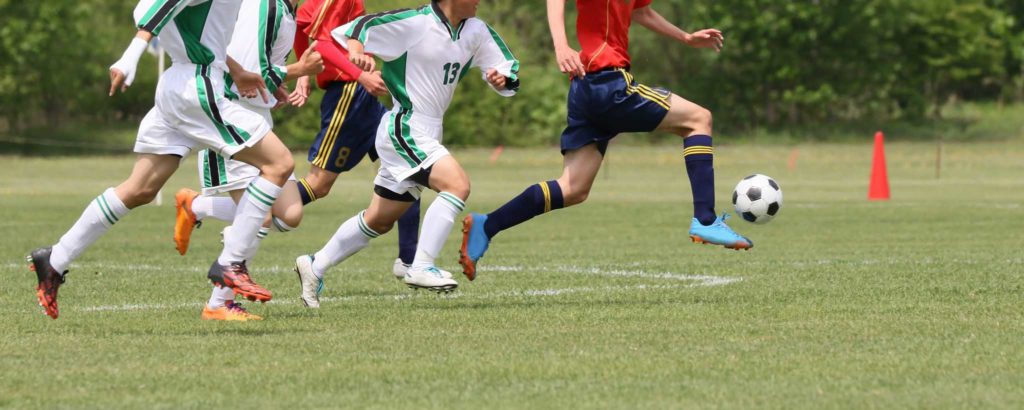
There are times in a match when you should receive the ball and be stationary. The majority of the time though you must be able to receive on the move and perhaps under the pressure of an opponent too.
To receive the ball is to collect it and move all in one motion.
To be in command of the ball is of paramount importance to every player irrespective of the role you play in the game.
Read: WANT SUCCESS? 4-STEP FORMULA FOR YOUTH SOCCER PLAYERS
Many factors will determine which part of the body is to be used and how the technique is going to be performed.
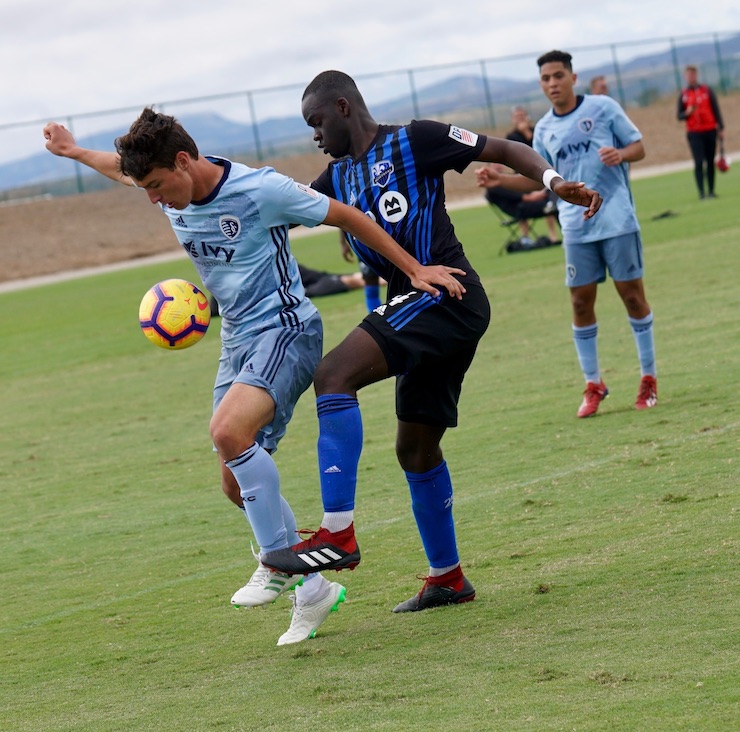
The angle at which the ball approaches, what you intend doing with the ball after receiving, the position of opponents, whether you are stationary or on the move at the time of receiving, and the speed of the ball are just a few of the considerations.
So the act of receiving is also moving purposefully to be able to penetrate towards the goal or to create a passing angle or to move away from opponents.
This requires you to think before receiving the ball.
Players should be thinking about what they plan to do with the ball while it is in motion towards them! It is important to get into the line of flight of the ball, to make an early choice of what part of the body you are going to use and to present a receiving surface to the ball which must relax and give on contact.
Read: SAM SNOW ON THE CARDINAL RULES OF GOALKEEPING
With this mind, you should decide as the ball is in flight what you intend to do after receiving the ball.
Should you pass, run with the ball, dribble, shield, or shoot?
That, of course, depends upon the situation you are in at that moment.
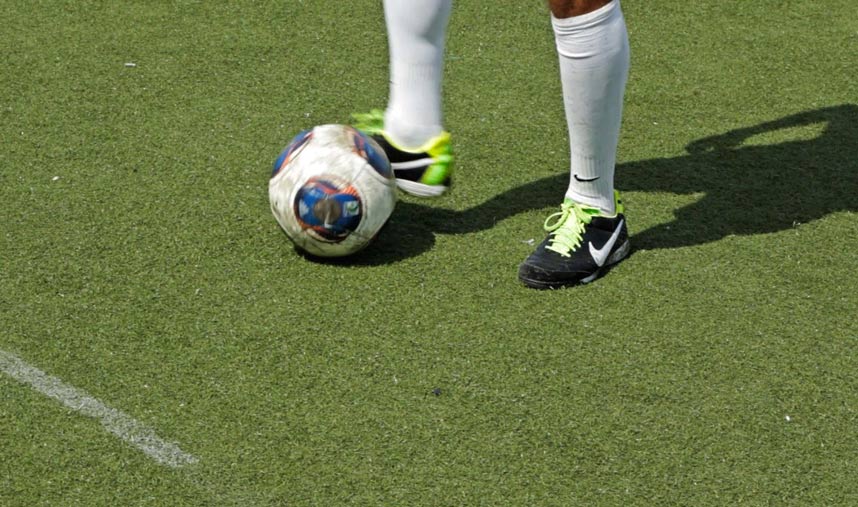
The ability to receive an awkward bouncing ball quickly and efficiently gives great personal satisfaction, is a delight to watch, and can be the difference between success and failure in any particular situation in the course of play.
Whatever the situation may be the quality of your first touch on the ball will often determine the quality of the action that follows.
Coaches should encourage players to use their first touch on the ball economically and effectively. As opposed to trapping the ball with the sole of the foot, players should look to play their first touch out of their body and into a position that will allow them to perform a variety of techniques on their second touch.
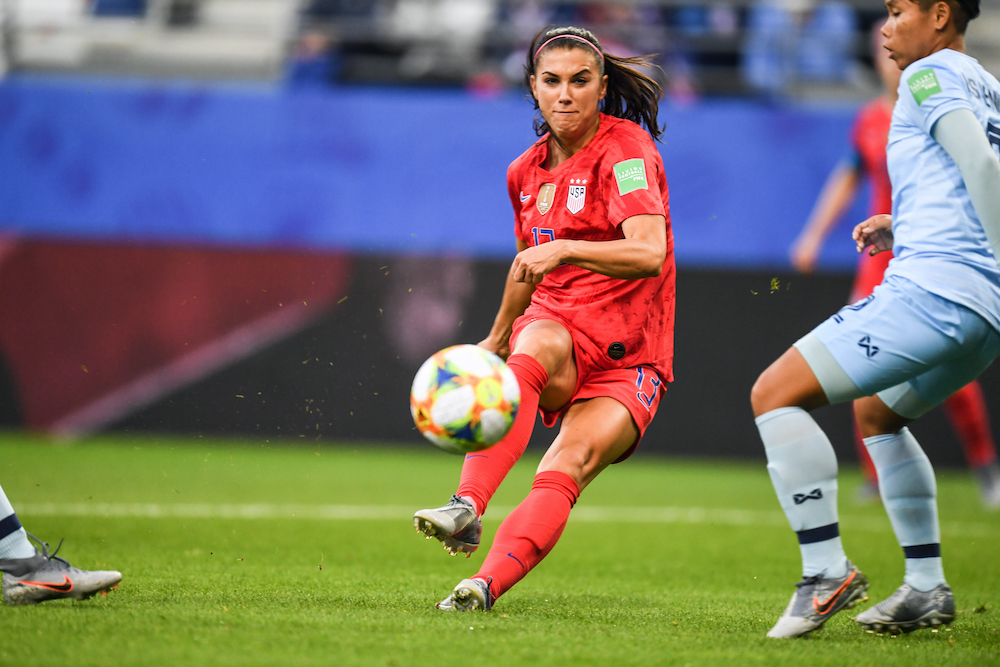
The space and time you must do these things depend on how good you are at receiving the ball.
Read: SOCCER GOALKEEPERS: THE TACTICS OF DISTRIBUTION
Time and space are allied in soccer. The less time you take to do something, the more time you will have to take advantage of it because when receiving a ball a player will do one of three things after receiving: you will shield the ball by interposing your body between the ball and the immediate opponent; you will pass the ball or shoot, or you will dribble the ball.
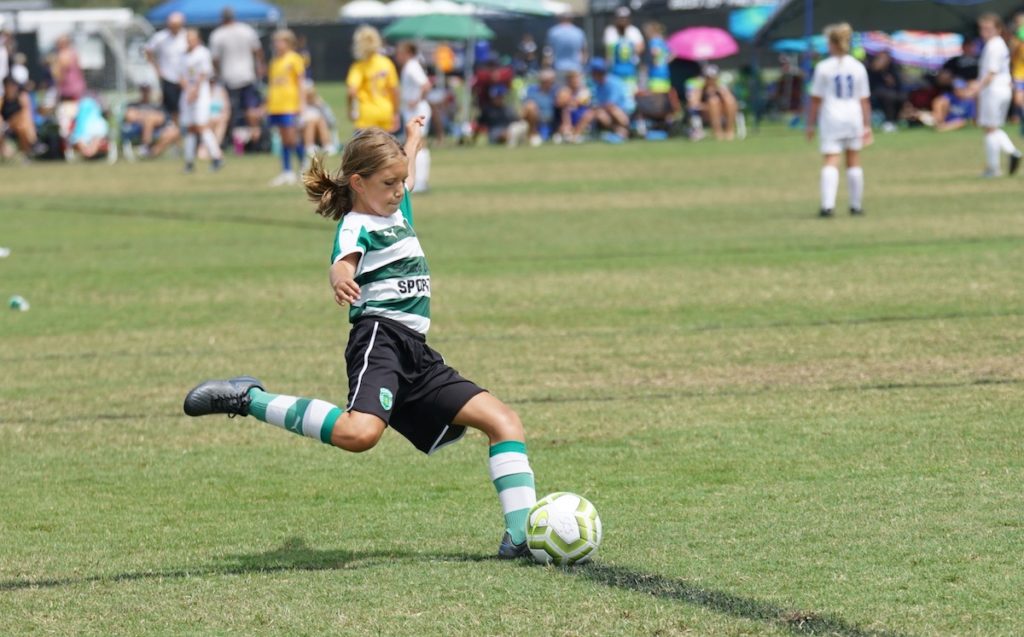
Generally, players should play their first touch out and in front of themselves at a 45-degree angle.
Ideally a player, on receiving the ball, should be capable of using the ball positively with the second touch. By playing the ball out and in front of the body on the first touch, the player will benefit in these ways:
- Better all-round vision as the eyes follow the ball out and up and not focused down at the feet.
- Immediately able to evaluate passing and shooting options.
- Able to pass or shoot over a long-range.
- Less likely of being caught in possession of the ball due to improved vision.
There are two general types of receiving, wedge and cushion. Both can be performed with the feet, thighs, chest, or head.
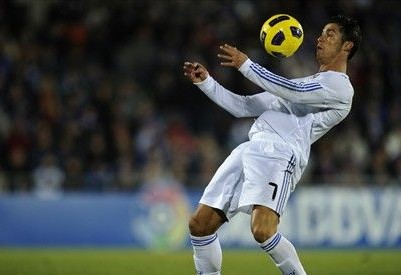
A player will normally choose to receive the ball with the cushion technique when time and space are available. On contacting the ball, the player will immediately withdraw the receiving surface of the body. This will help to absorb the pace of the ball and act as a cushioning effect. The muscles in the body should be relaxed, thus making them soft for a better surface to cushion the ball.
A player should select the wedge type of receiving when time and space are limited.
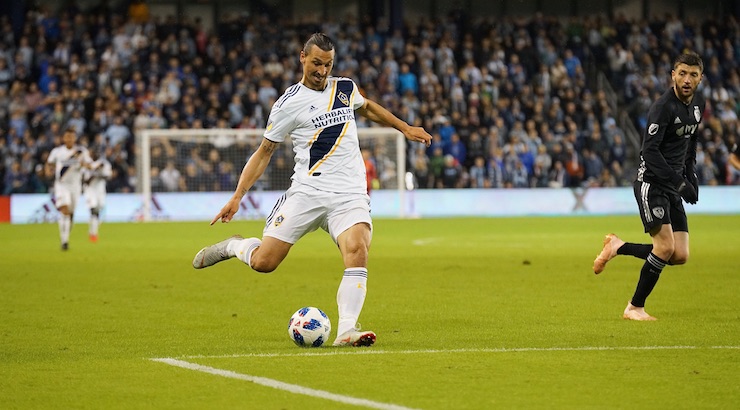
On contacting the ball, the player will immediately push out and redirect the ball using the chosen body surface. The muscles in the controlling surface should be tense and hard, thus making a better surface for redirecting the ball.
Receiving is a critical technique in soccer.
Whatever level you play the game your receiving can always benefit from practice.
The more parts of the body you can use to master the ball, the better you are as a player. For once you have the ball under control you are ready to contribute positively to a game.





